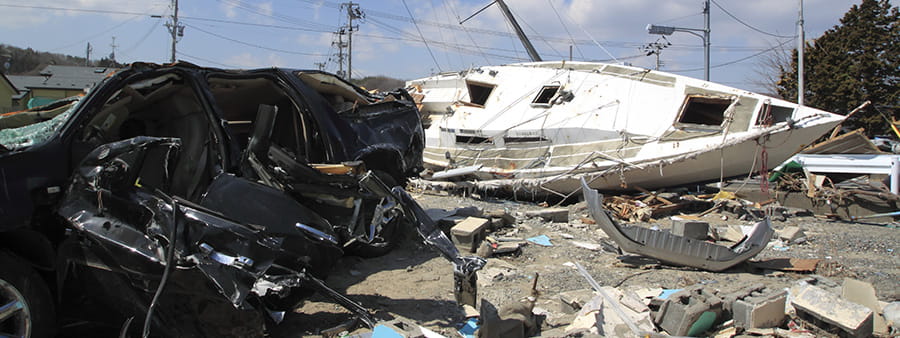Japanese Tsunami Response
Overview
On 11 March, 2011 an 8.9-magnitude earthquake occurred off the coast of Japan triggering consecutive disasters.
Service: Emergency response
Location: Japan

Problem
The earthquake caused a tsunami – resulting in the death of 12,000 people. 15,000 people were recorded missing. Roads, housing and communication networks were destroyed. Fukushima nuclear power plant was struck; resulting in a state of nuclear emergency. Initial natural disaster widened and quickly became a medical-related crisis. Strong aftershocks and rolling blackouts left millions without power.
In Tokyo, the bullet and commuter train services were cancelled or delayed. Flights to Narita International Airport were cancelled due to radiation fears. During this time of uncertainty, calls to International SOS Assistance Centres increased by 250%.
Solution
We provided assistance, evacuation, support and medical advice on the radiation threat. 45% of our global clients who utilise TravelTracker had members affected by the crisis. Via this service, we received and answered many questions on health, safety and the developing nuclear disaster.
International SOS supported evacuation requests, including movement within Japan: Taking calls, and providing medical advice and information on radiation exposure.
Impact
Within days after the earthquake, we launched a comprehensive website for our members - kept updated 24/7 in Japanese and English. This provided vital information on:
- Medical risks
- Risk mitigation
- Procurement
- Iodine prophylaxis
- Food and water concerns
- Advice from a radiation epidemiologist










